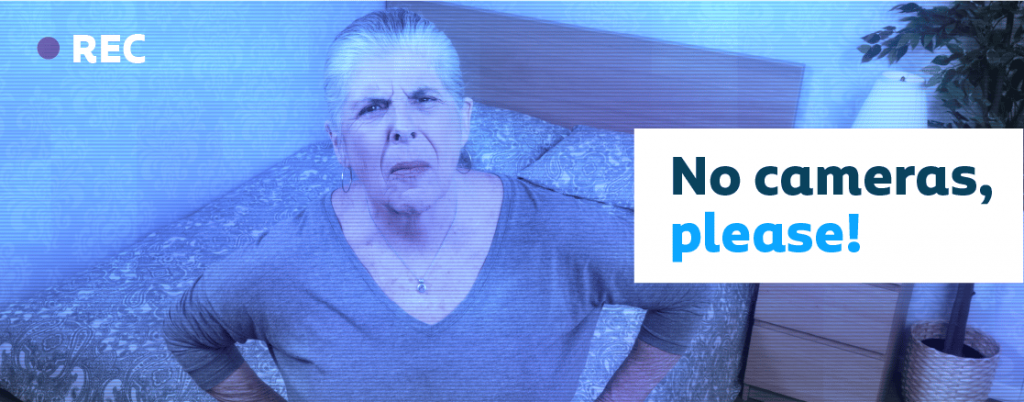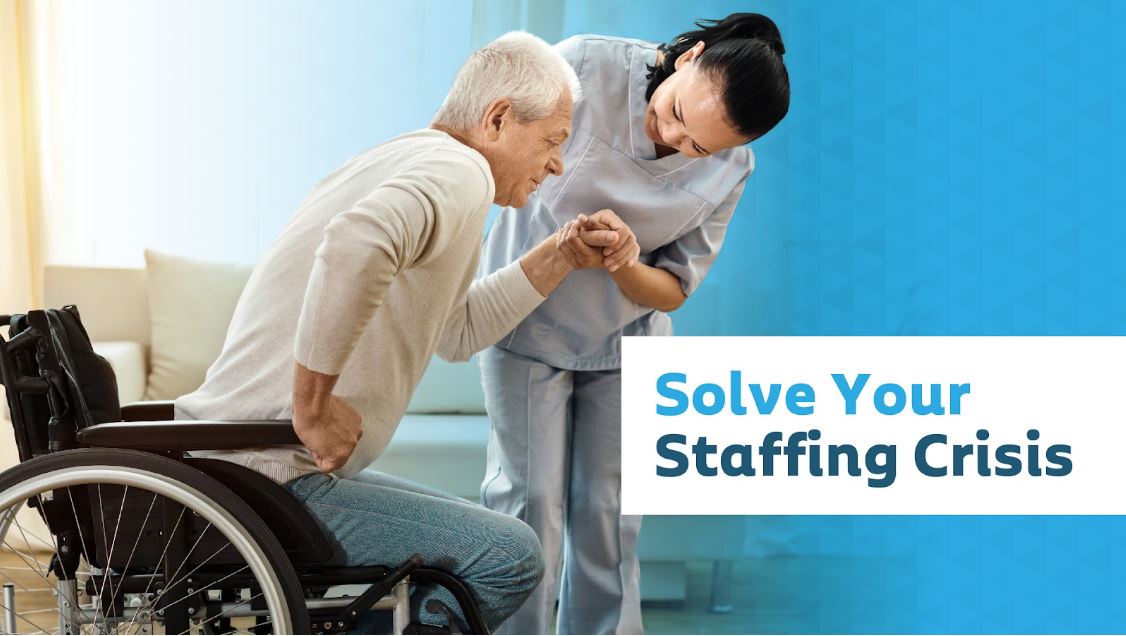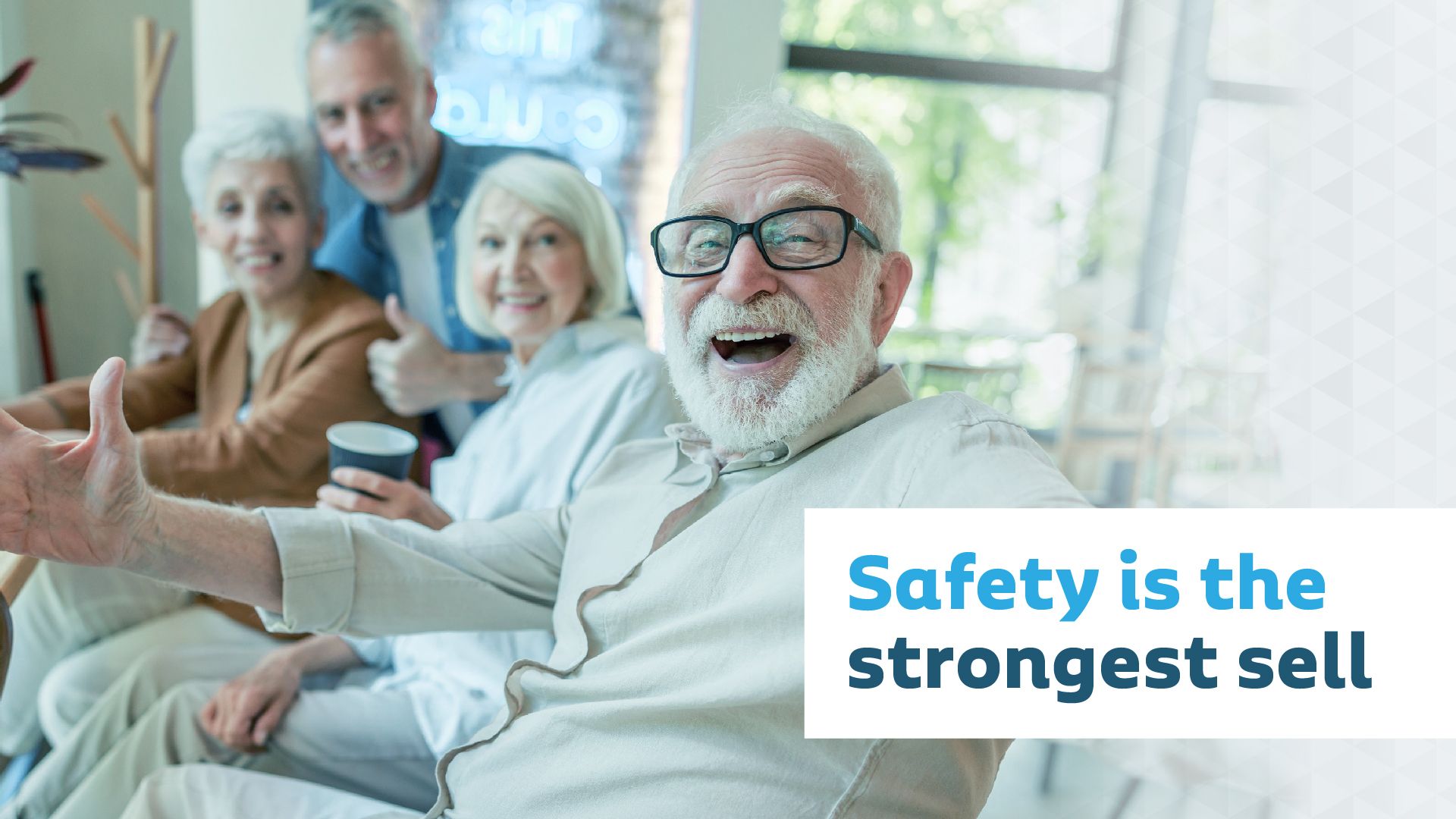Main Menu
Posted by Vayyar
July 24, 2022Senior Monitoring Systems: Why Cameras aren’t the Answer

CCTV may be a permanent fixture in public areas, but it’s a relatively new technology in elderly care settings. While some seniors, their families and caregivers may embrace the potential of cameras in automatic fall detection and senior monitoring systems, for others, especially people in assisted living communities, the cost in terms of loss of privacy outweighs the safety benefits.
Senior Care Technology, Privacy and the Generational Divide
While Gen Xers and Millennials have largely come to accept the high level of surveillance that’s part and parcel of modern society, their parents grew up in a different age. That means they often have divergent views on the acceptability of cameras in private spaces. Older parents insist on privacy and dignity in nursing homes and assisted living communities, while their children often push for fall detection cameras.
The two generations also have different priorities. A busy 40-year-old professional with a parent in an assisted living facility naturally wants the peace of mind that comes with round-the-clock monitoring. Mom or dad, however, puts a premium on independence and personal privacy.
One startup found out the hard way. It created a comprehensive senior monitoring system built around six AI-enabled cameras and microphones designed to collect behavioral data and trigger alerts accordingly. The company even integrated facial recognition technology to differentiate between seniors and caregivers. The problem? “The seniors were against it,” said the CEO, forcing the company to switch its focus toward ensuring safety in industrial workplaces.
Employee Resistance to Cameras in Senior Living Communities
Highly publicized incidents of elder abuse caught by cameras in assisted living facilities have encouraged some communities to install CCTV systems, regulation permitting. It’s a double-edged sword, however. Senior care has always had a high staff attrition rate, which the pandemic only worsened. And when employees are under constant grannycam supervision, they can often feel that they’re also under suspicion, affecting morale and increasing turnover.
The Constant Threat of Hacking
Data protection and privacy is a top priority for people of all ages in the current climate. Seniors and other stakeholders are acutely aware of the risk involved in storing large amounts of intimate visual data, which could be vulnerable to hackers. That’s why some camera-based senior monitoring systems delete footage at the point of recording. Their AI-powered solutions simply detect a fall, summon help, and discard the video.
That’s all well and good, but it results in a one-dimensional automatic fall detection system that disregards vast amounts of valuable data that could be used to build up a holistic picture of each resident’s activity and behavior. That’s the kind of data that could help to predict and even prevent the next fall, as well as identify a host of other issues.
Protection with Privacy: Non-optical Senior Monitoring Systems
Senior living operators and their technology providers want much more than simple fall detection cameras. With the industry moving toward the creation of Real-Time Health Systems, the focus is increasingly on holistic monitoring that gathers essential data on seniors’ activities and behaviors.
Radio frequency (RF) imaging is currently the leading technology for real-time fall detection. It provides high-resolution data across a wide field of view to passively monitor residents and identify sudden – or gradual – changes in their height profile. This enables instant, accurate detection of all types of falls, from sudden, serious incidents to unreported “hidden” falls. Crucially, it also maintains seniors’ privacy at all times, since the data it gathers is processed into point cloud imaging, rather than optical images.
The technology also overcomes the inherent limitations of using cameras to monitor seniors. Most camera-based systems struggle to provide clear imaging in darkness, low light, steam, or humidity. What’s more, by definition they’re unable to see through materials such as shower curtains. Because RF imaging isn’t based on light waves, it ensures robust sensing in all conditions, without requiring line of sight. It therefore offers the ideal balance between performance and privacy.
Rich Data for Risk Assessment
RF sensing also provides rich data on residents’ activity, such as room presence, bed exits and bathroom visits. Nurse Call System providers can leverage this information to provide their customers with comprehensive behavioral profiles that identify at-risk residents and enable fall prevention programs. This wealth of data provides another level of insight which completes the overall picture. In a crowded market containing highly commoditized solutions, RF sensing can enable providers to achieve genuine differentiation through innovation.
Ensure Safety and Respect Privacy with RF Senior Monitoring Systems
Safety and privacy are both core concerns for the elderly, their families and caregivers, and optics-based automatic fall detection systems simply can’t deliver what seniors need. Fall detection cameras are limited in their ability to accurately identify emergencies. They’re also highly invasive and can leave large volumes of personal visual data vulnerable to hackers with malicious intent.
In contrast, radio frequency senior monitoring systems such as Vayyar Care overcome the issues with traditional fall detection solutions without compromising on performance. RF automatic fall detection systems are more accurate, more secure, less invasive, and gather actionable data that communities can leverage to create personalized fall prevention plans.
To learn more about how senior care technology providers and integrators can leverage RF-based fall detection and rich activity data to improve both health and business outcomes, click here.
The Post URL was successfully copied to your clipboard
Read more on #elderly care

19 January 2026
We’re proud to announce that the Vayyar Care platform has successfully achieved compliance…
Read more
08 October 2024
Recruit, reinforce, and retain should be the mantra of any hiring manager.…
Read more
05 August 2024
We’re living longer, not healthier. Over 95% of people aged 65 or…
Read more
17 June 2024
Senior living occupancy has recovered from the perfect storm it weathered in…
Read more


